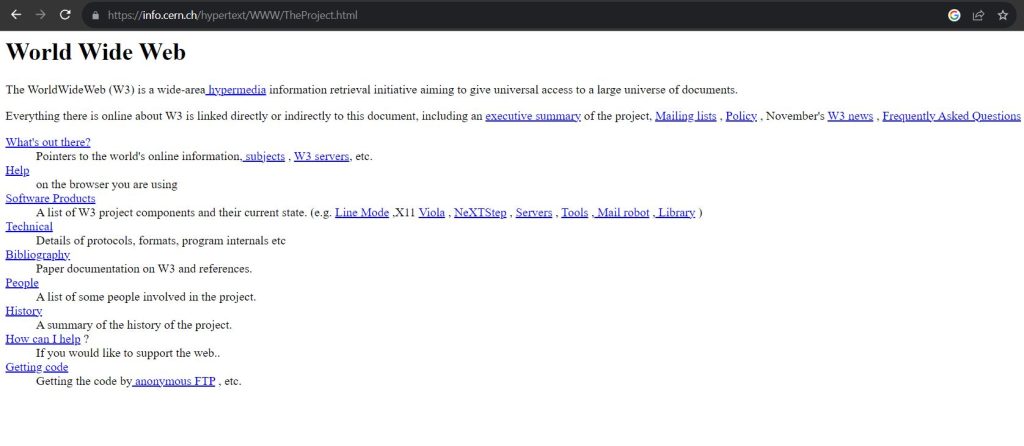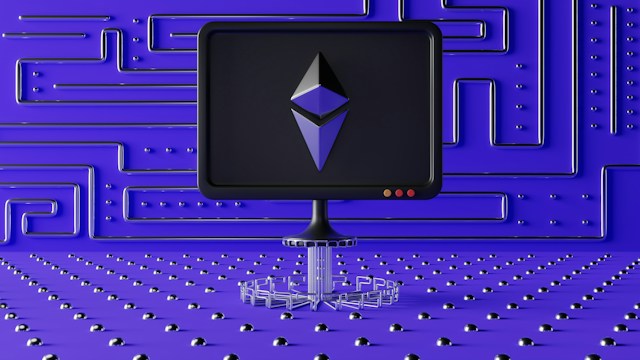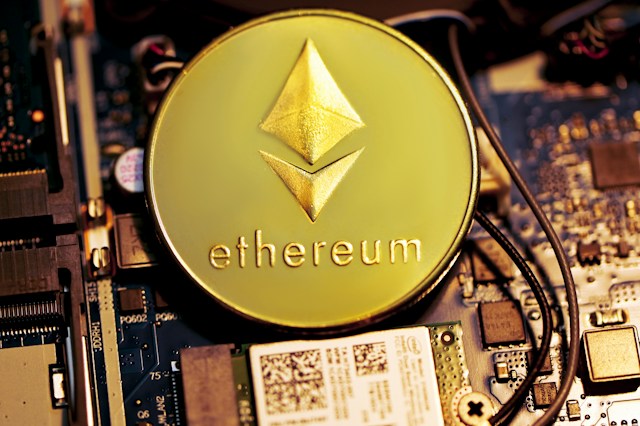WWW Evolution: Understanding Web1, Web2, and Web3
In the ever-expanding digital landscape, the internet has undergone several transformative phases. From the static pages of Web1 to the interactive platforms of Web2, each phase brought new possibilities and paradigms. Now, the decentralized ecosystem of Web3 is going to shape our online experiences and interactions profoundly. Understanding the implications of each stage is crucial for navigating the complexities of the modern internet. In this article, we will delve into the evolution of the World Wide Web by understanding Web1, Web2, and Web3.
Web1
The origins of the internet trace back to the pioneering efforts of ARPANET. It was a project commissioned by the U.S. Department of Defense's Advanced Research Projects Agency (ARPA) in the late 1960s. Initially conceived as a decentralized network to facilitate communication among research institutions, ARPANET laid the groundwork for what would later evolve into the World Wide Web (WWW).
Tim Berners-Lee invented WWW in 1989. The invention was introduced to the world together with the development of Hypertext Transfer Protocol (HTTP) and HyperText Markup Language (HTML). The inception of the Internet or Web1 marked the beginning of a revolutionary era in communication and information dissemination. Gaining momentum throughout the 1990s, Web1 was characterized by static web pages primarily consisting of text and images. HTML enabled the creation of websites and facilitated the sharing of content and resources across the globe.
During this phase, the internet's primary goal was to relay information. There were limited opportunities for user interaction and engagement. These websites lacked dynamic features and personalized experiences. The primary focus was on publishing content and establishing an online presence, laying the groundwork for the digital revolution yet to come.

Web2
The transition to Web2 marked a profound shift in the internet's evolution. The world departed from static and one-way communication towards a dynamic model. Beginning in the early 2000s, Web2 empowered users to actively engage with online content. It fostered a sense of interactivity and social connectivity that were previously unseen in Web1. At the heart of this transformation were websites such as social networking sites, blogging platforms, e-commerce websites, and multimedia-sharing services.
Social networking sites emerged as the cornerstone of Web2. They provided users with effective platforms to connect, communicate, and share content with friends and family. Launched in 2004, Facebook quickly became a huge player in the field of social networking. It offered a comprehensive suite of features for sharing updates, photos, and videos, and engaging in real-time conversations. Similarly, Twitter introduced the concept of microblogging. It enabled users to share short messages with a global audience in real time.
In addition to social networking, Web2 witnessed the rise of user-generated content platforms. These platforms democratized content creation and distribution. Blogging platforms like Blogger and WordPress allow individuals to publish and share their thoughts. These platforms blurred the lines between creators and consumers of content. Similarly, multimedia-sharing services like YouTube revolutionized how we consume media. It is a platform for users to upload, discover, and share videos on any topic, from entertainment and education to news and unboxing videos.
Furthermore, Web2 fueled the rapid growth of e-commerce, transforming the way people shop and conduct business online. E-commerce giants such as Lazada and Amazon capitalized on the interactive and social nature of Web2. They leveraged user reviews, recommendations, and personalized shopping experiences to drive sales and customer engagement. The introduction of mobile devices and high-speed internet further accelerated the adoption of Web2 technologies. Users were able to access information and services anytime and anywhere, from the palm of their hand. Overall, Web2 brought an era of unprecedented interactivity and social connectivity. It shaped the internet as we know it today.

Web3
As we venture into the realm of Web3, we are witnessing the dawn of a new internet era characterized by decentralization, blockchain technology, and digital sovereignty. Building upon the foundation laid by Web1 and Web2, Web3 aims to address the shortcomings of centralized systems by allowing users greater control over their data and digital assets.
At the heart of Web3 lies blockchain technology. It is a decentralized ledger that enables secure and transparent transactions without the need for intermediaries. Blockchain-based platforms like Ethereum and Polkadot facilitate the development of decentralized applications (DApps) and smart contracts. These platforms enable new forms of digital interaction and collaboration.
One of the main focuses of Web3 is the concept of digital sovereignty. It emphasizes the importance of user ownership and control over personal data and digital assets. Through decentralized identity solutions and self-sovereign identity protocols, users can manage their digital identities autonomously. It can mitigate privacy concerns and reduce reliance on centralized entities.
Moreover, Web3 promises to revolutionize various industries, including finance, supply chain, and healthcare. By leveraging blockchain technology, transparency and efficiency can be greatly enhanced. Decentralized finance (DeFi) platforms enable peer-to-peer lending and borrowing without the need for traditional intermediaries.

Challenges of Web3
While the vision of Web3 holds immense promise, navigating the transition from Web2 to Web3 presents various challenges and opportunities. Technical difficulties such as scalability and user experience must be addressed to realize the full potential of decentralized technologies. Moreover, regulatory and governance frameworks need to evolve to accommodate the unique characteristics of decentralized systems while ensuring consumer protection and market integrity.
Despite these challenges, the transition to Web3 represents a paradigm shift with far-reaching implications for the future of the internet. By embracing principles of decentralization and digital sovereignty, we can unlock new opportunities for innovation and economic empowerment.

Conclusion
The evolution of the World Wide Web from Web1 to Web3 reflects the dynamic nature of technology and its impact on society. Each phase has brought forth new possibilities and challenges. They shape how we communicate, collaborate, and conduct business in the digital age.
As we embark on the journey into Web3, it is crucial to recognize the potential of decentralized technologies to redefine the internet landscape and empower individuals in unprecedented ways. By embracing decentralization and digital sovereignty, we can shape a more transparent and resilient internet for generations to come.